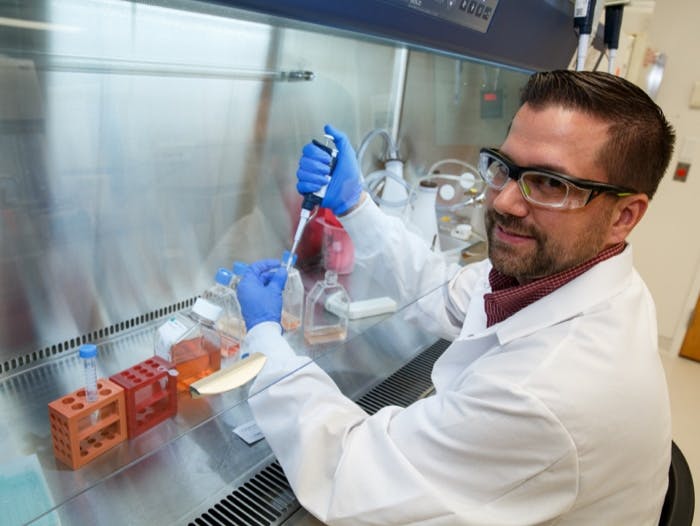HIV RESEARCH
When considering the heritage from our founding companies, we can proudly say that we have been involved in the development of effective treatments for HIV from the beginning.
Our scientists and researchers are dedicated to discovering innovative new approaches to improve outcomes for people living with HIV. We are committed to treating, preventing and hopefully one day, curing HIV.
Over the last 40 years there have been incredible advances in the development of effective HIV treatments that allow people living with HIV to suppress their virus to undetectable levels.
However, the needs of PLHIV change over time, and we‘re exploring new ways of treating and preventing HIV through new mechanisms of action, drug delivery options and long-acting treatments that can help address the unmet needs of PLHIV
The process of identifying, creating and developing generally well-tolerated and effective innovative HIV therapies is complex and requires ongoing collaboration between research teams that work in many different areas of medicines development.




